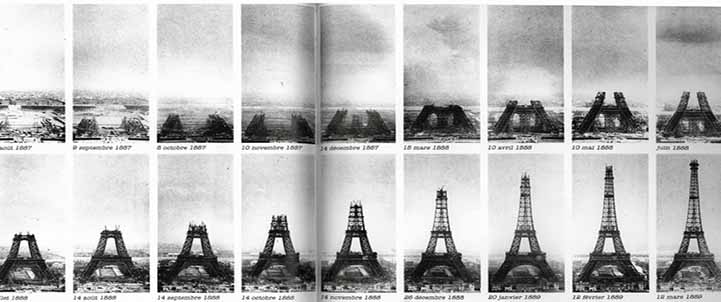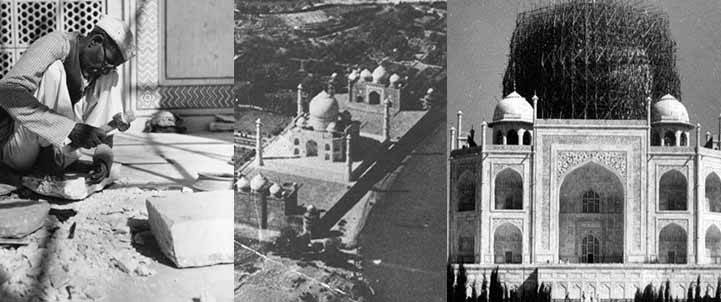Statue of Liberty
The Statue was completed in France in July 1884 and arrived in New York Harbor in June 1885 onboard the French frigate "Isere."
In transit, the Statue was reduced to 350 individual pieces and packed in 214 crates. The Statue was reassembled on her new pedestal in four months’ time. On October 28, 1886, President Grover Cleveland oversaw the dedication of the Statue of Liberty in front of thousands of spectators.



